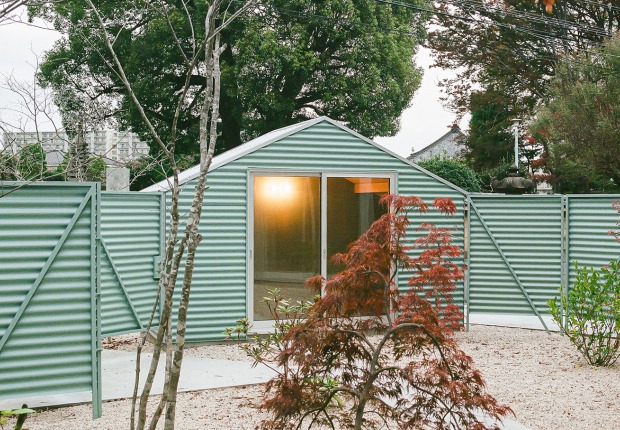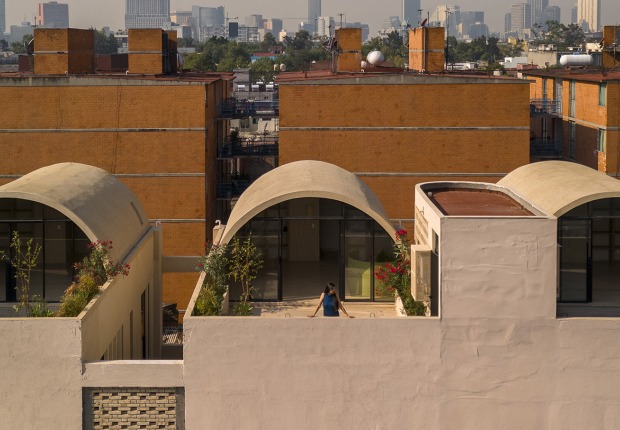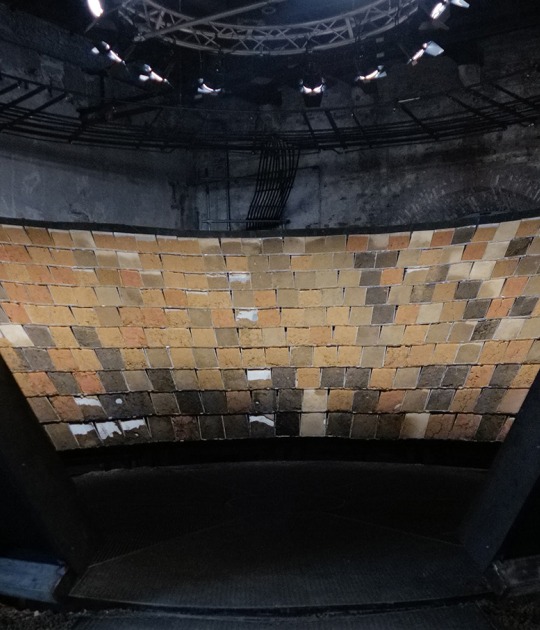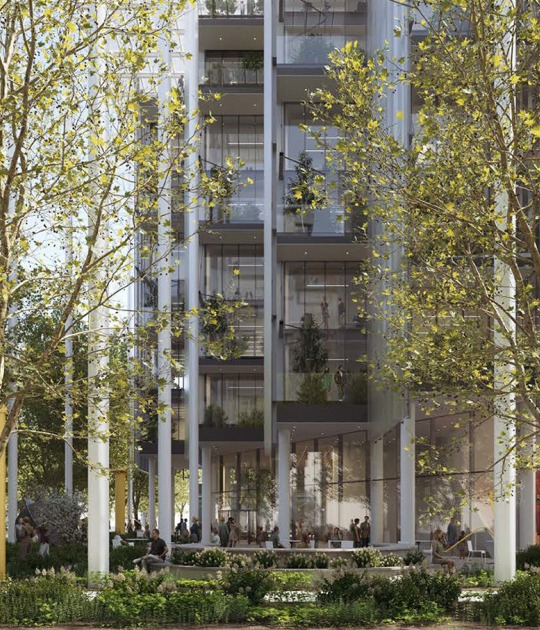Description of the project in conversation with Eduardo Souto de Moura, by Nelson Garrido
“The first thing that struck me as soon as I arrived was the ambience of this property, which is hard to find. Everyone knows that Alentejo is very beautiful, but I wasn’t expecting to have a prehistoric heritage like this.
Then there were two other factors that were also a surprise where views were concerned. What is unusual in Alentejo is to have water on the edge of the property – the famous Alqueva Dam and the views of Monsaraz which is lovely from the outside in. The second question was the urban nature of this monte. This is not just a house. This is truly a mini-universe, a village. It has its own hierarchy: a street, a square, outbuildings, cloisters. This is what we rarely find in such good condition.
I see things not for their value as such but always from the point of view of how to handle them. That is, what should I do here? Everyone knows that each historic development is unique and Barrocal is a difficult but very interesting project because we are working on the razor’s edge. If we go too far, we’ll spoil it, and if we don’t do enough it won’t work.
The main question here is starting from a position that is theoretically very interesting but actually very dangerous in practice – but it’s the only way. The only way to preserve heritage is to live with it and use it, even if it is damaged in some places. Because only everyday life transforms it into something natural and gives it heritage status.
What’s fascinating here is the change in usage. A building might be created for a particular purpose, and then evolve to meet different, contemporary needs. There is a process that is very absorbing finding out how an olive press, for example, can become a place for a living room with a bar, how agricultural outbuildings can be made into houses, and how a cowshed can be made into a restaurant. This change in use needs hardly any intervention at all. The challenge is how architecture will responde.
I think that people’s first impression will be that they feel at home here, even if they have come just to relax. One is going to read, another is going to write a thesis, another is here for a holiday. People will run into each other and they will go off to buy bread or the paper or they will go out for dinner. They will run into each other and after a few days there will be a connection. I think it is important to form a kind of community. But a fleeting community, because that’s the way it’s designed. Except that the people will have changed.
The architectural studio Souto de Moura Arquitectos has been in charge of turning this old rural dependence into an attractive space of lodging as well as a long series of amenities.
The new complex of The Monte, reformer by Eduardo Souto de Moura has a core characterized by 7 buildings implanted along a central street, which defines two main sets (North and South). The North complex, with an area of 4.144 m², consists of 2 buildings: the old industrial and official building and the storehouse for the farming tools. The South complex consists of 5 buildings: the main house, the agricultural pavilions, the dovecot, the kennel and the pigsty, with an area of 3.810 m². Further south, the vegetable garden area comprises 20.333 m², including the old vegetable garden keeper’s house, with an area of 34 m², and the outdoor pool.
More information
Published on:
April 12, 2017
Cite:
"Recovering agricultural memory. Hotel & Monte Alentejano by Souto de Moura" METALOCUS.
Accessed
<https://www.metalocus.es/en/news/recovering-agricultural-memory-hotel-monte-alentejano-souto-de-moura>
ISSN 1139-6415
Loading content ...
Loading content ...
Loading content ...
Loading content ...
Loading content ...
Loading content ...
Loading content ...
Loading content ...
Loading content ...
Loading content ...
Loading content ...
Loading content ...
Loading content ...
Loading content ...
Loading content ...
Loading content ...
Loading content ...
Loading content ...
Loading content ...
Loading content ...
Loading content ...
Loading content ...
Loading content ...
Loading content ...
Loading content ...
Loading content ...
Loading content ...
Loading content ...
Loading content ...
Loading content ...
Loading content ...
Loading content ...
Loading content ...
Loading content ...
Loading content ...
Loading content ...
Loading content ...
Loading content ...
Loading content ...
Loading content ...
Loading content ...
Loading content ...
Loading content ...
Loading content ...
Loading content ...
Loading content ...
Loading content ...
Loading content ...
Loading content ...
Loading content ...
Loading content ...
Loading content ...
Loading content ...
Loading content ...



































































